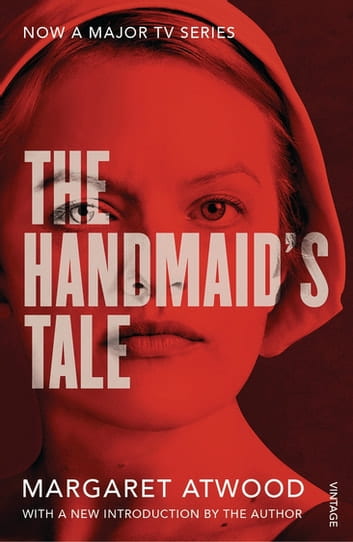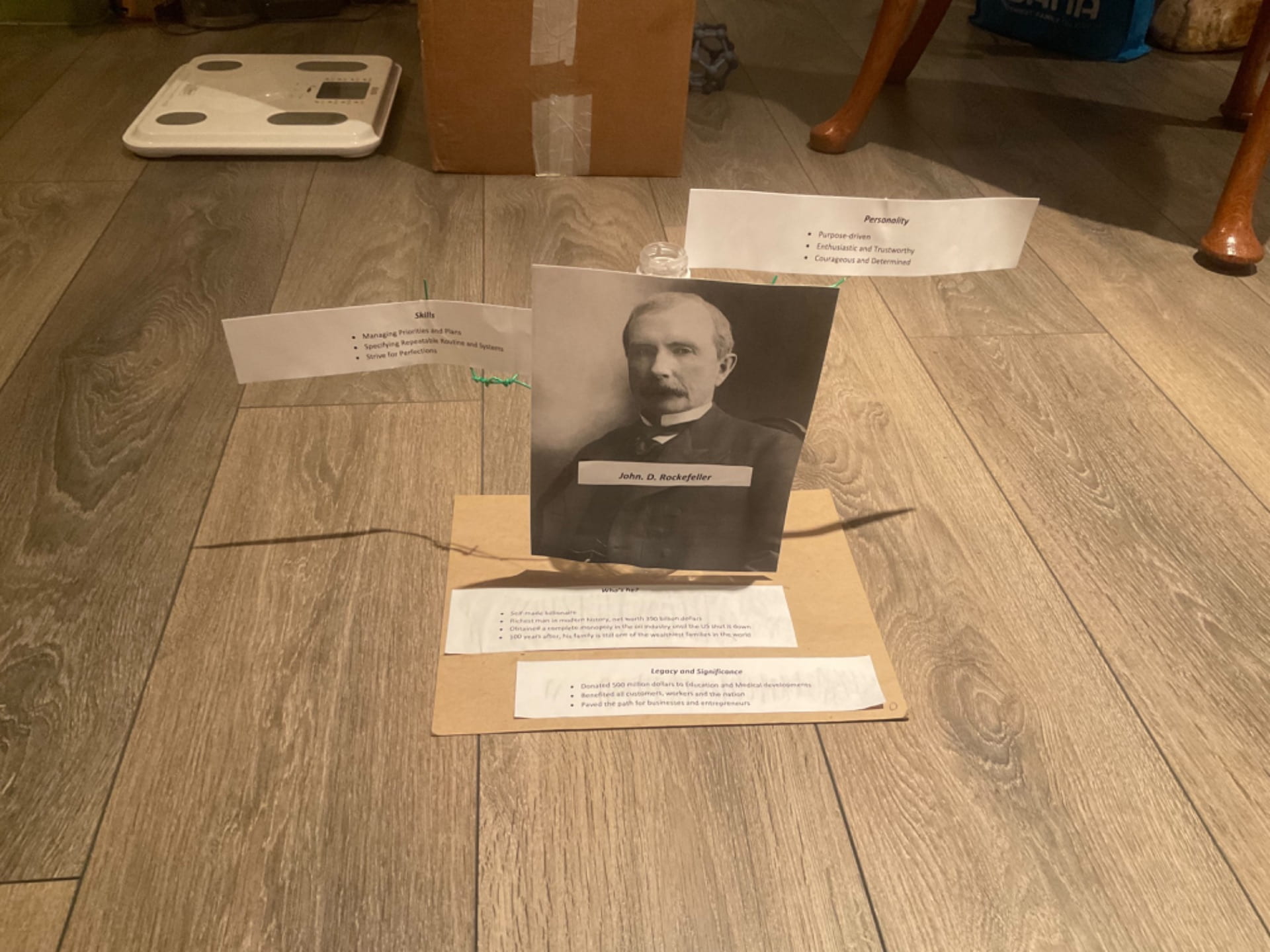For our first group project in 2024, we studied the innovators, those who can see around corners and their impact on our collective identity. Although I couldn’t attend the field studies in LA, this project has been exciting and meaningful as I visited different places and met industry professionals across Vancouver. Now, without further ado, let me share with you my learning journey.
About the Project
Overview
In this project, I had the pleasure of working with Annie and Erin to create an episode of a documentary on the entertainment industry, specifically the film industry, of the West Coast and how it shapes us as a whole. We collaborated well and worked hard throughout the project as a team. Each one of us dedicated ourselves to the creation of the episode, from scripting, filming, to editing, and I hope you like it:
Learning from the innovators
As a class, we have studied influential innovators worldwide, such as Walt Disney and Frank Gehry, and their impact on our society. However, meeting and interviewing the innovators was a new level of experience. For the first week, I visited the Vancouver Film Festival with Jakub to seek insight from industry experts. Seeing how these individuals think and work and how their storytelling has shaped the film industry as we know it today was truly eye-opening. Specifically, I am grateful for the opportunity to interview Dianne Whelan, an award-winning director/producer, and Alan Formanke, the festival director, for their input in our video. Conversations with respectable industry professionals like them have helped me understand the meaning and purpose behind films and the potential impact stories can bring to our lives. On the festival night, Jakub and I witnessed how filmmakers or storytellers, I should say, are always trying to make the world better by using their films as mediums to address social issues and speak up for minorities. As Tom Sherak, the Academy of Motion Picture Arts and Science President, stated in an interview: “Movies are stories. Movies tell us things that we never could’ve known. They tell us things we might not know and give us a way to explore the past, present, and future.” This journey to the Vancouver Film Festival helped me to understand and appreciate the film industry better.

Side Journeys
For us folks staying in Vancouver, we are also responsible for filming B-rolls and creating the collective intro for our documentary series. While capturing footage from places like Lonsdale Avenue, Deep Cove, and Stanley Park, I developed my video editing skills with the help of Dries and Josh. Additionally, I am happy that I was able to help other groups with some Vancouver footage while they were away. The side journeys behind the project, whether catching/missing buses to Stanley Park, hiking with Dries to get quality footage, or editing and animating with Josh, are unique experiences that have made this project exceptionally joyful, effective, and fulfilling for me.

Driving Question
Why are some people able to see around corners in ways others are not, and by doing, shape how we see ourselves in this changing world?

(Picture Source)
Looking back, I found similarities between Walt Disney, Frank Gehry, Dianne Whelan, and Alan Formanke throughout this project: they all dare to think and do outside the box. They don’t allow traditional social norms to define what’s possible and are not on their journey to make this world a better place. Walt Disney, for example, has created a world through their films and theme parks where fantasies become reality, nostalgia reigns supreme, and happiness is guaranteed. On the other hand, Gehry defies the laws of architecture with his unconventional and avant-garde designs that challenge the status quo. Those improvements in our society cannot be established if we limit ourselves to the traditional norm. Similarly, Dianne Whelan, with her documentary films “40 Days at Base Camp” and “500 Days in the Wild,” challenges conventional storytelling by immersing herself in the world of mountain climbing and exploring the meaning of life and death. She pushes boundaries and takes risks to shed light on important issues and provoke thought. Through the stories of those individuals, it becomes clear that innovation and progress in our community come from those willing to break free from the constraints of traditional thinking and pave their path. The courage to think and act differently, after all, is how we can make a difference and leave a lasting impact on the world.
Reflections

(Picture Source)
Overall, I believe I learned more and enjoyed more from this project because I took on more risks and responsibilities. Particularly, reaching out to strangers always makes me nervous; however, meeting and talking with those respectable industry professionals before your eyes was impactful and meaningful to my learning journey. The advice and insights I gained beyond my comfort zone talking to Dianne and Alan have helped me to drive my thinking forward and deeper while widening my perspectives with different views. Looking back, I realized I grew more when pushing my boundaries and overloading myself to work beyond my capacity. To me, this project serves as a reminder of the importance and benefits of going beyond your comfort zone. This learning journey allowed me to see the potential difference I can bring to myself and my surroundings by dedicating myself and exerting my best effort.





























